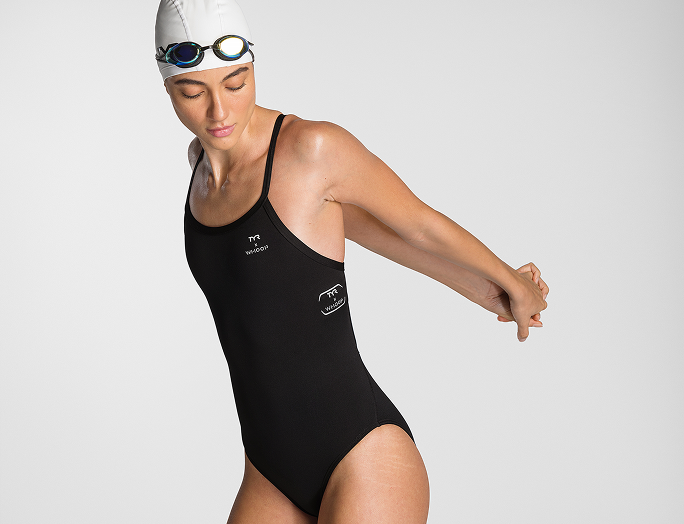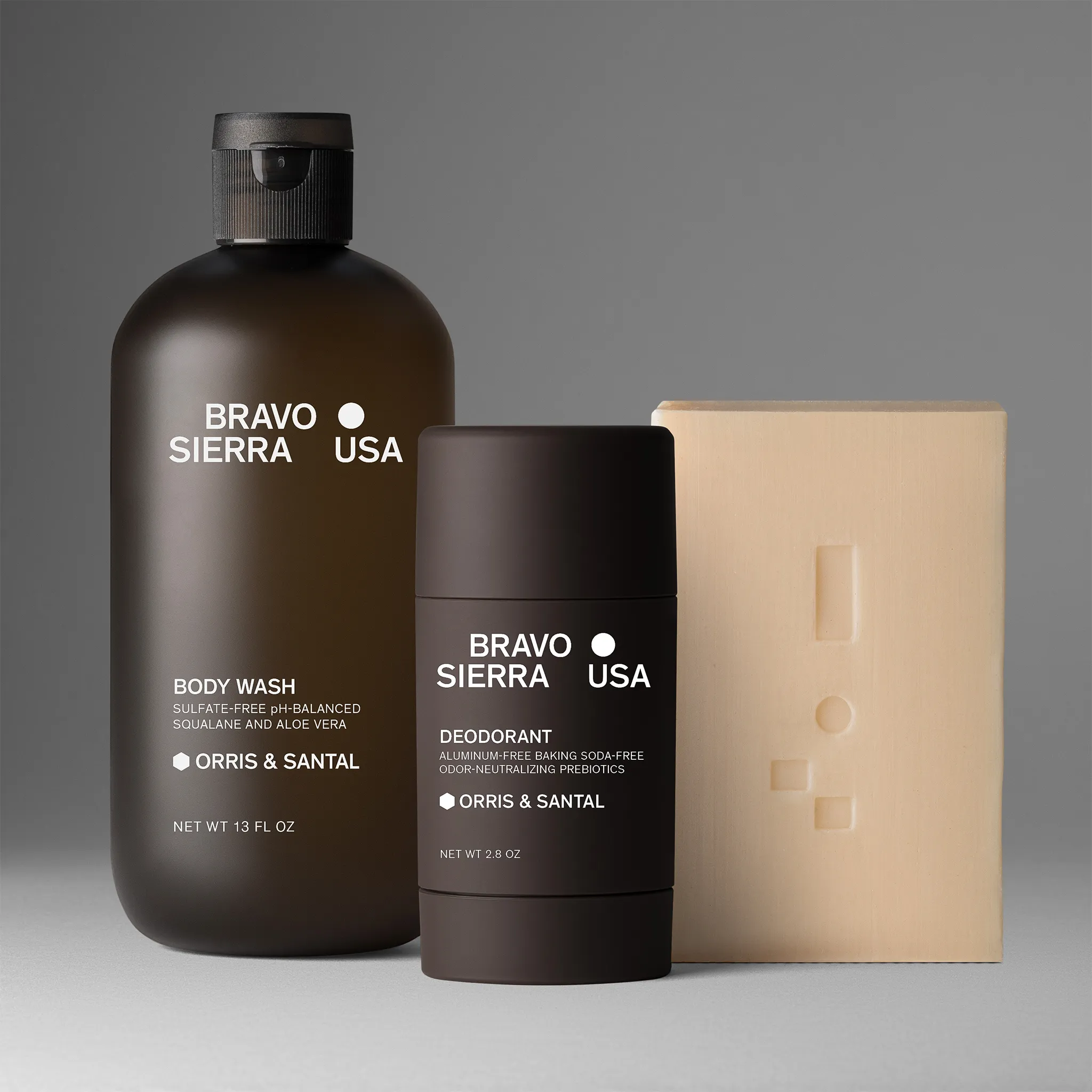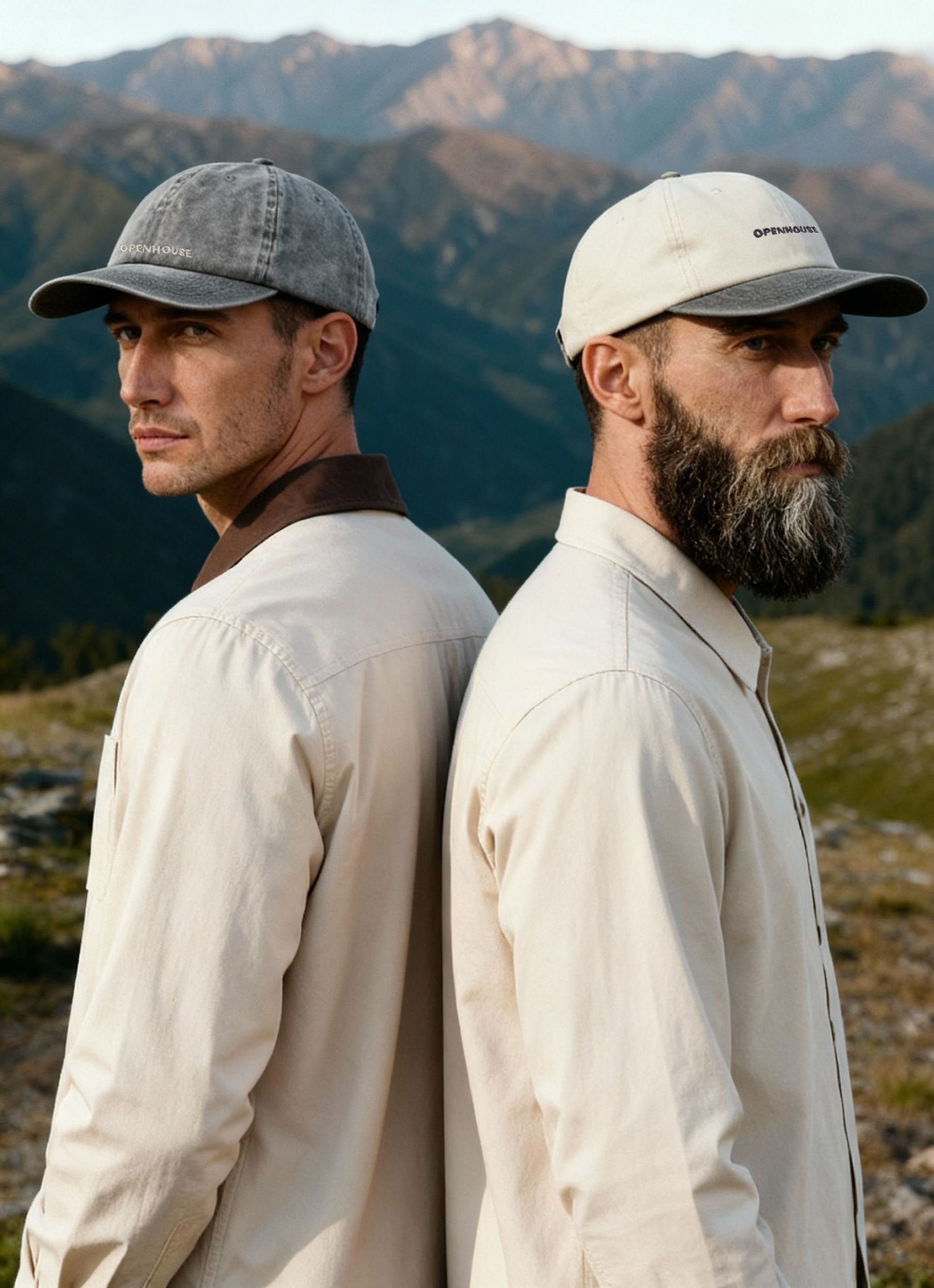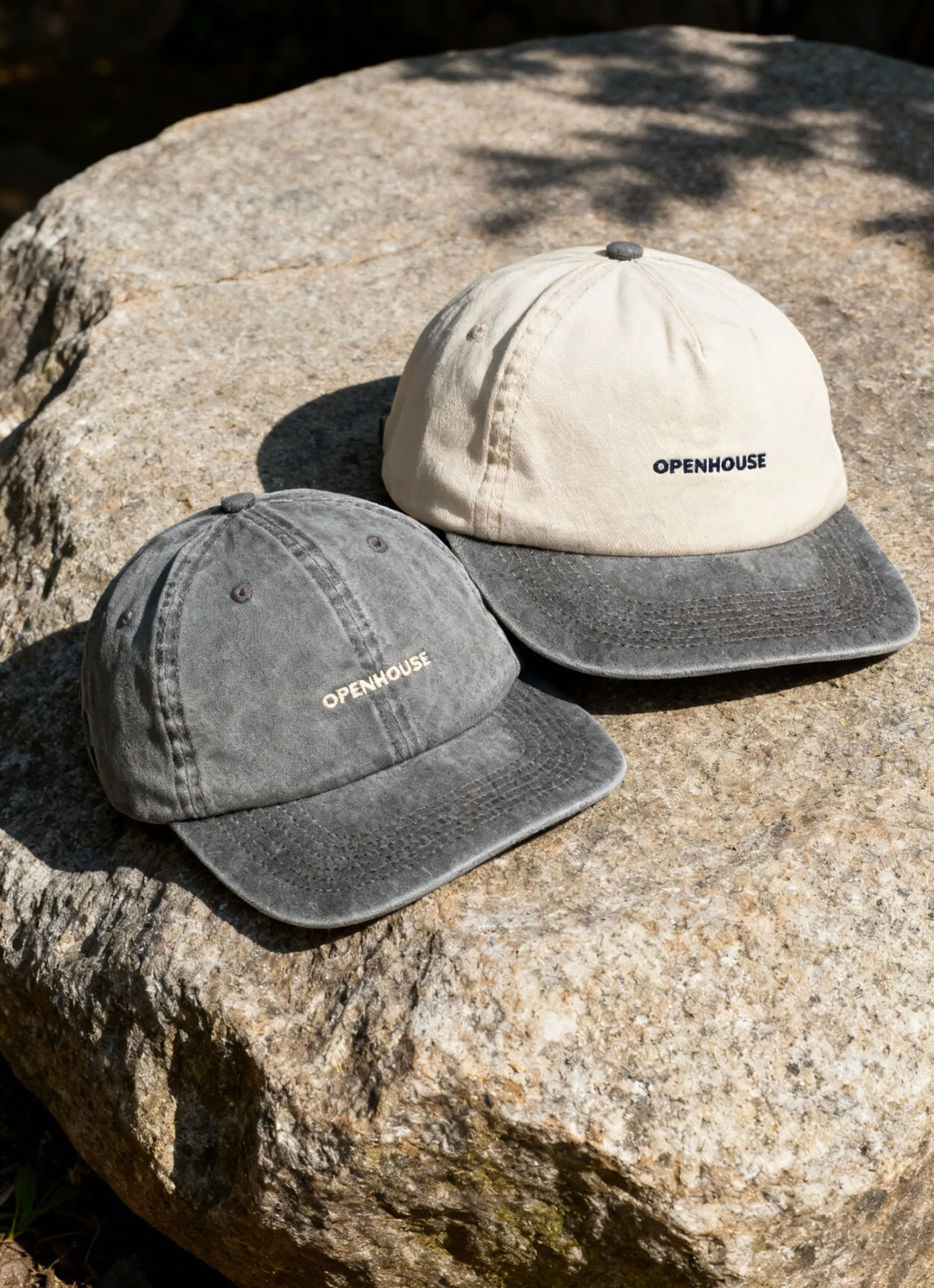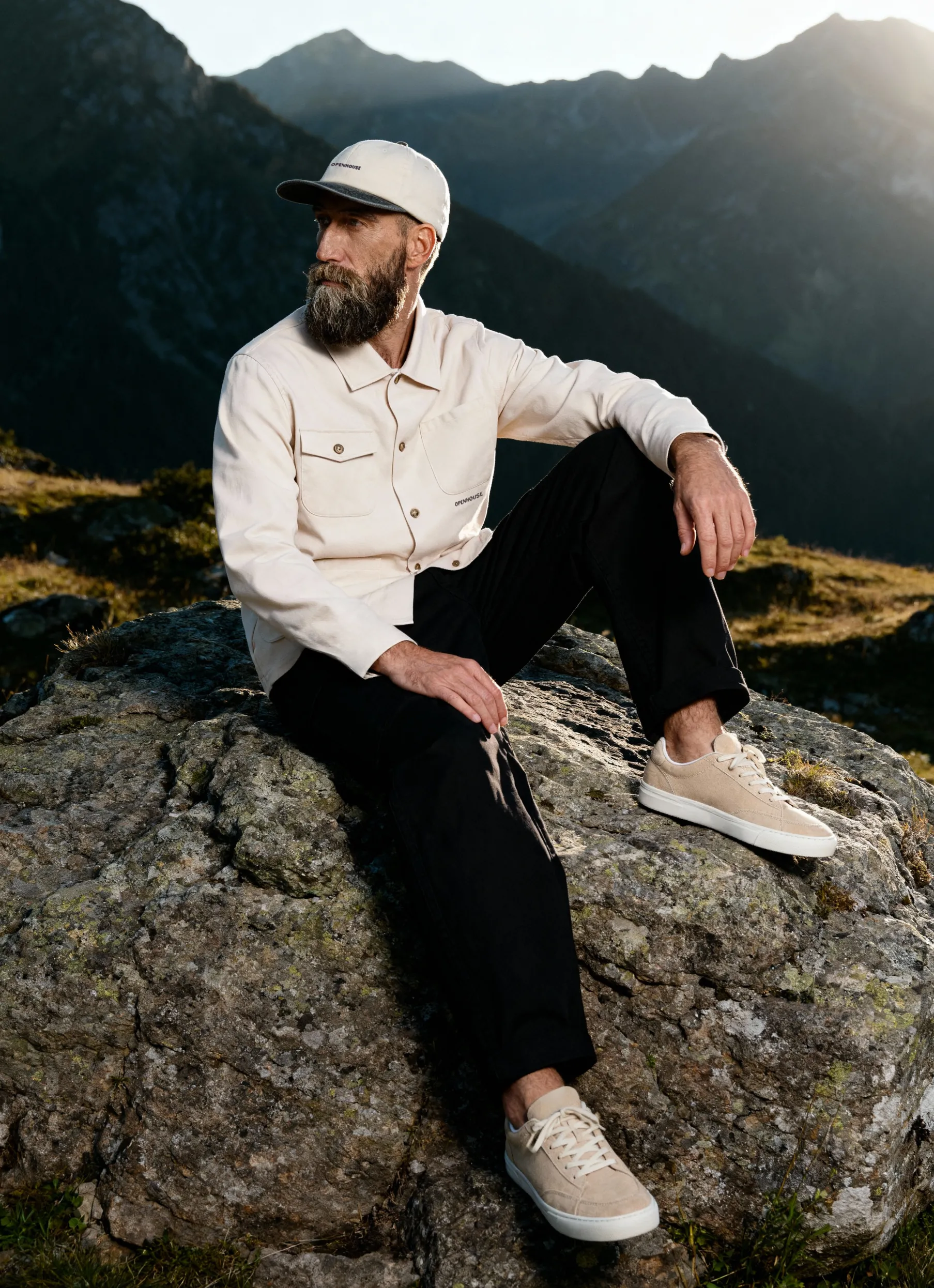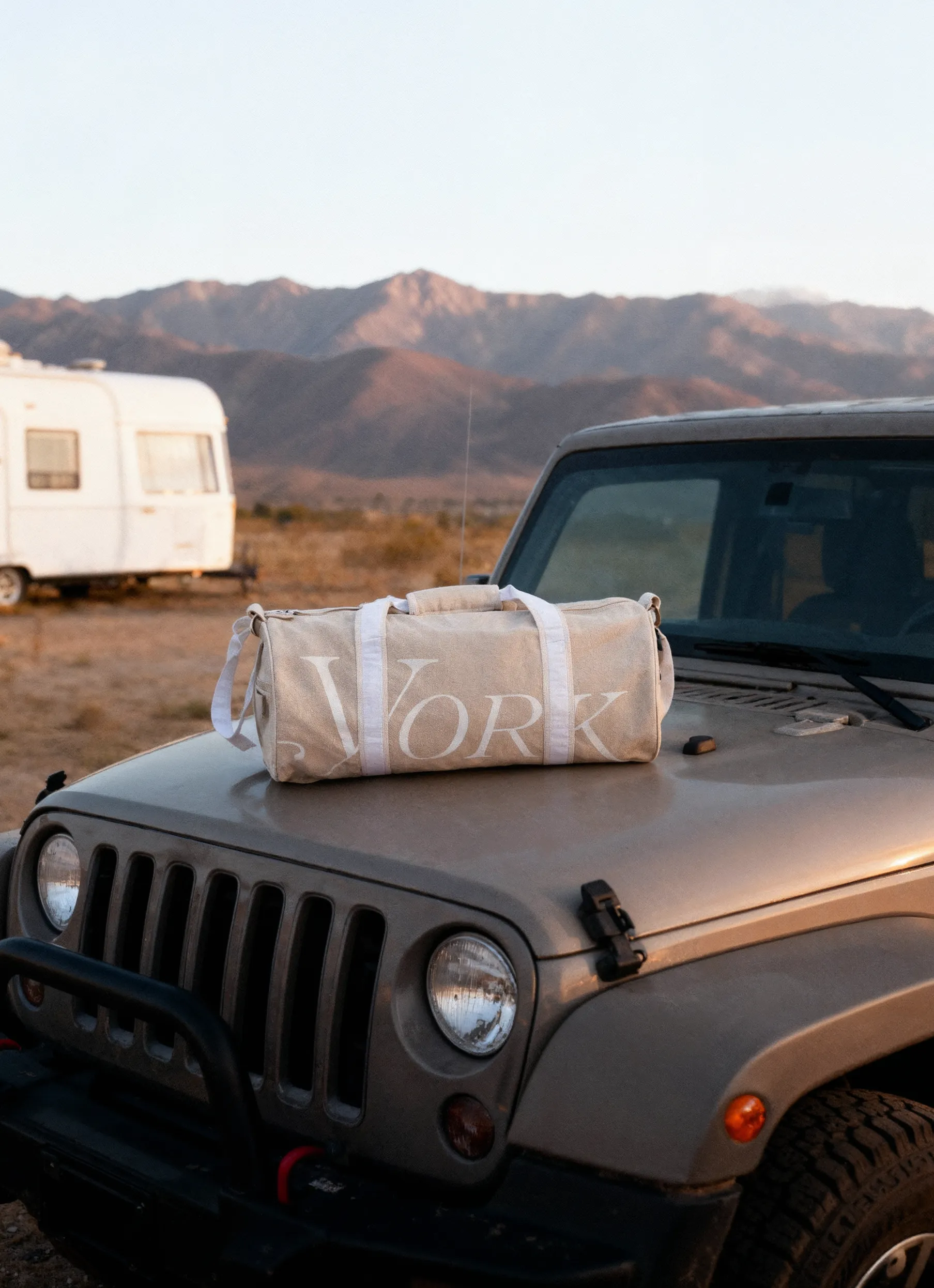Key elements of a successful product detail page
A well-built product detail page is how you convert visitors into buyers. To build it correctly, you need to understand what it consists of. Based on this research, there are 11 main parts, but based on our client's experience, we narrowed it down to 8 :
- Consistent visuals
- Product description
- Sizing recommendations
- Social proof
- Customer experience
- Mobile optimization
- Shipping and return info
- Compelling CTAs (call to action).
Invest in visual content
It builds a strong, recognizable brand, which is one of the most important elements, as product photography is necessary for sales. Visual content can make or break the shopping experience. High-quality images with accurate colors allow potential customers to see every detail while showing the product from multiple angles. Spice it up with fashion model shots or product videos, so potential buyers can fully grasp the product.
Close-up shots let them inspect fabric and texture. Consistent angles with a clean background keep everything looking professional. Proper retouching ensures no dust or creases will distract from the product’s quality. Based on your product's features, certain photos may be more suitable than others.
If you have an apparel brand, you can choose from:
- Flat-lay photography - effective for basic wardrobe items
- Detailed close-up shots - perfect for showing the texture of the item

- Ghost mannequin shots - give clothing a 3D shape, creating a floating effect
- Model photography - provides a relatable presentation of clothes

In a case with accessories, like glasses and bags, you can go for:
- Stil-life photography, or as we call it, Creative Photography - to create the atmosphere around the specific product
- Group shots - great for showing seasonal collections or different color options of the item

Photos: Warby Parker
- Model photography - allows buyers to realize how the product fits into their lifestyle
- Detailed close-up shots - useful for items where details matter

Photos: Cult Gaia
When shooting a shoe line, you can opt for:
- Different angles - capture different aspects of the shoes
- Model photography - helps customers visualize shoes in context

- 360-Degree shots - effective for online stores looking to enhance user engagement

Example: Adidas
Create an engaging product description
A clear sales copy is essential for driving conversion rates. The product description highlights key features, benefits, and unique selling points that help customers decide to purchase. It's not just about crafting persuasive words — it’s about presenting the product’s value. Detailed product information like dimensions, color, material, and other attributes are equally important. Including return policies, customer reviews, and frequently asked questions (FAQ) further boosts confidence by showing transparency and trustworthiness.
An optimized product title and detailed listing help potential buyers find and understand your product. This leads to better visibility and higher conversion rates.
The goal is to provide as much information as possible so customers feel fully informed and ready to buy. Clear photos and detailed descriptions in online shopping make up for not seeing the product in person. They create an online experience that's almost like shopping in-store.
Make sizing recommendations as clear as possible
Sizing recommendations add clarity and reduce return rates because of the wrong size. You need to provide as much context as possible so your customers get exactly what they need. Showing your product in use and on the model is standard practice, but to make it better, add the model’s size and height. This simple trick allows your customers to visualize the product's fit on themselves.

Example: Varley
Clear size charts are one of many ways to better your customers’ experience.

Example: Bylt Basics
Virtual fitting rooms, for example, allow customers to input their body measurements to receive personalized size recommendations based on brand-specific sizing charts. This feature is also available with the gadget’s camera, as in our example.

Example: Prada
Interactive quizzes are another tool that can bring your customers’ experience to a new level. They gather information about your clients’ measurements, body type, fit preferences, and preferred brands and sizes. The data is analyzed to suggest the best size, reducing the uncertainty of online clothing shopping. ASOS uses this as a “Fit Assistant” tool to provide accurate recommendations.

Example: ASOS
Craft a compelling call to action (CTA)
All imperative sentences (buy now) are considered calls to action. The idea is to make your potential buyers act emotionally and urge them to get to the checkout page. Here are a few examples of the most common CTAs:
- Buy the Look/Wear it With

Example: The Outnet
- The “Buy” Button or Add to cart
- Add to a Wishlist
- Write a Review

Example: Timberland
- Notify Me

Example: Arctix
- Quick Buy

Example: Levi’s
When it comes to the scarcity principle (a psychological trick used to create a sense of urgency) it can look like this:
- Only 1 left - low stock alerts

Example: We Are Tala
- The sale ends in 3 hours - a limited-time offer
- Pre-order now - exclusive deal

Example: Urban Outfitters
Communicate shipping & return policies
Including clear shipping information is key to enhancing customer trust and satisfaction and reducing cart abandonment. Your client would appreciate knowing their choices upfront. Give a clear description of the available shipping options, associated costs, and estimated delivery time. Your clients are more likely to make a buying decision when all potential risks are addressed. Clear return information promotes customer loyalty, reduces risks, and enhances the shopping experience.
Additionally, real-time order tracking and packaging details, such as if your product is fragile, make your brand more reliable.
Use social proof to drive customer trust
People believe people. That’s why social proof works. A great description is only the beginning; trust is built through testimonials, product reviews, and ratings from people who’ve tried it. Their feedback helps reassure and guide those who are uncertain. Adding labels like "Best Seller" or "Trending" highlights that customers love the product and creates a sense of urgency.

Example: Nike

Example: GAP
Prioritize customer experience
Customer experience directly influences your conversion rates. The photos and descriptions should be clear to the client. There have to be visible "Add to cart" or "Buy now" buttons, with smooth transitions between the different parts. These include the shopping cart, delivery and return conditions, and the checkout page. If the next step needs to be clarified for your customers, there is a high chance that they will go to your competitor.
Customer experience is essentially everything on your product page, including how this information is presented to potential clients. Product information, social proof, shipping, and return details, which we covered previously, are all part of the user experience. All this information should be easily accessible to potential clients.
User-friendly product page design, navigation, and personalization are important points that you need to address when building your PDP. Clear headings, tabs, and menus allow customers to find information quickly without feeling overwhelmed. Offering personalized product recommendations and similar products based on user behaviors is one of the best practices in e-commerce. It helps them discover products that align with their preferences and leads to additional sales.

Example: Nike
Optimize for mobile to boost SEO results
In the first quarter of 2024, around 93,7% of global users accessed the internet via smartphones. With such statistics, your website must be optimized for mobile devices. Back in 2018, Google announced mobile-first indexing, which means that Google primarily uses mobile versions of website content for ranking in search results.
Optimizing for mobile users improves their experience and strengthens your website's SEO results. Here are the best practices:
- Responsive design. It automatically adjusts to fit different screen sizes and ensures a consistent device experience.
- Fast loading times. You can optimize loading speed by compressing images, using caching, and optimizing code. This allows you to minimize high bounce rates (the metric that shows the level of user interest), as mobile users expect quick access to information.
- Simplified navigation. Mobile users prefer to find paths intuitively without excessive scrolling. The easily accessible menu icon in the corner efficiently hides information that is still available in a single tap.
- Touch-friendly interfaces. Everything needs to be easy to tap. Pay attention to the size of the elements on the mobile version of your online store. This minimizes errors and enhances user satisfaction.
Examples of good PDPs
Here are some great examples of good PDPs. We will break down why they work.

- Using of gaming element with “Add to cart”.
- Ghost mannequin photography combined with close-up shots.
- Highlighted product features.
- Briefly presented product’s benefits in “More Info”.

- Diverse visual content, including still life photography, model shots, and video. Clients can explore the product's packaging and its texture in detail.
- Visible “Add to cart” button. The contrast in colors highlights it.
- Clear sales copy in the product description part that leaves no questions and covers everything.
- Customer reviews include a start rating, photos, and a detailed description. They also show the customer’s age and skin type, which is important for a beauty product.

- “See reviews summary” - you get to the social proof in one click with no scrolling.
- The product description covers three main sections: wear, care, and aware. Bonus point for the word choice.
- The “Complete the look” section offers pieces that would complement the main product on the page. This can expand the customer's cart and increase the average check.
- Clear sizing guide.
Final thoughts
To ensure your product detail page drives success, focus on these key elements:
- Use high-quality visuals and different content types to display the product in a way that feels like a hands-on experience.
- Create a compelling product description that shows its value.
- Provide clear sizing guidance to reduce return rates.
- Make shipping and return policies highly visible to help ease the worries of potential buyers.
- Add social proof (ratings, comments, testimonials).
- Prioritize user experience when building PDP.
- Ensure your mobile site functions seamlessly.
Product A
SQUARE SHOT








